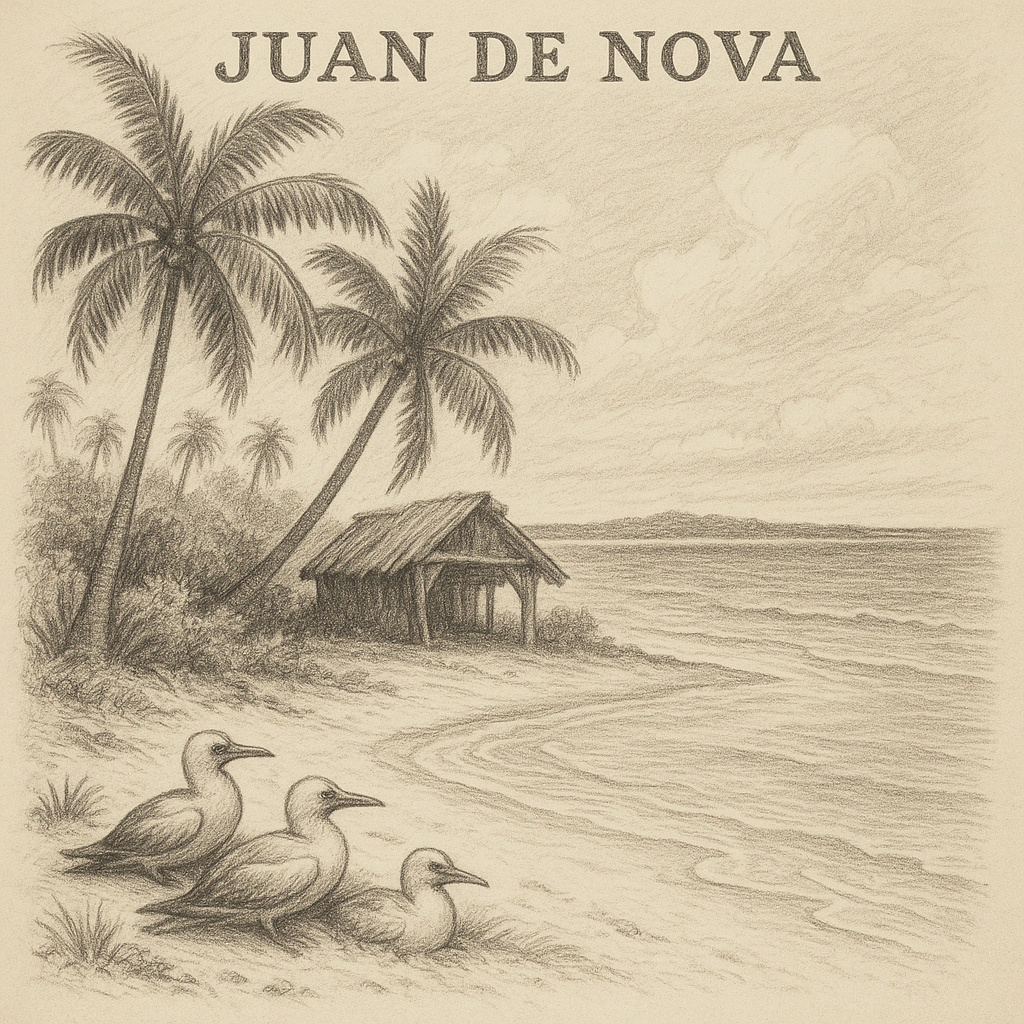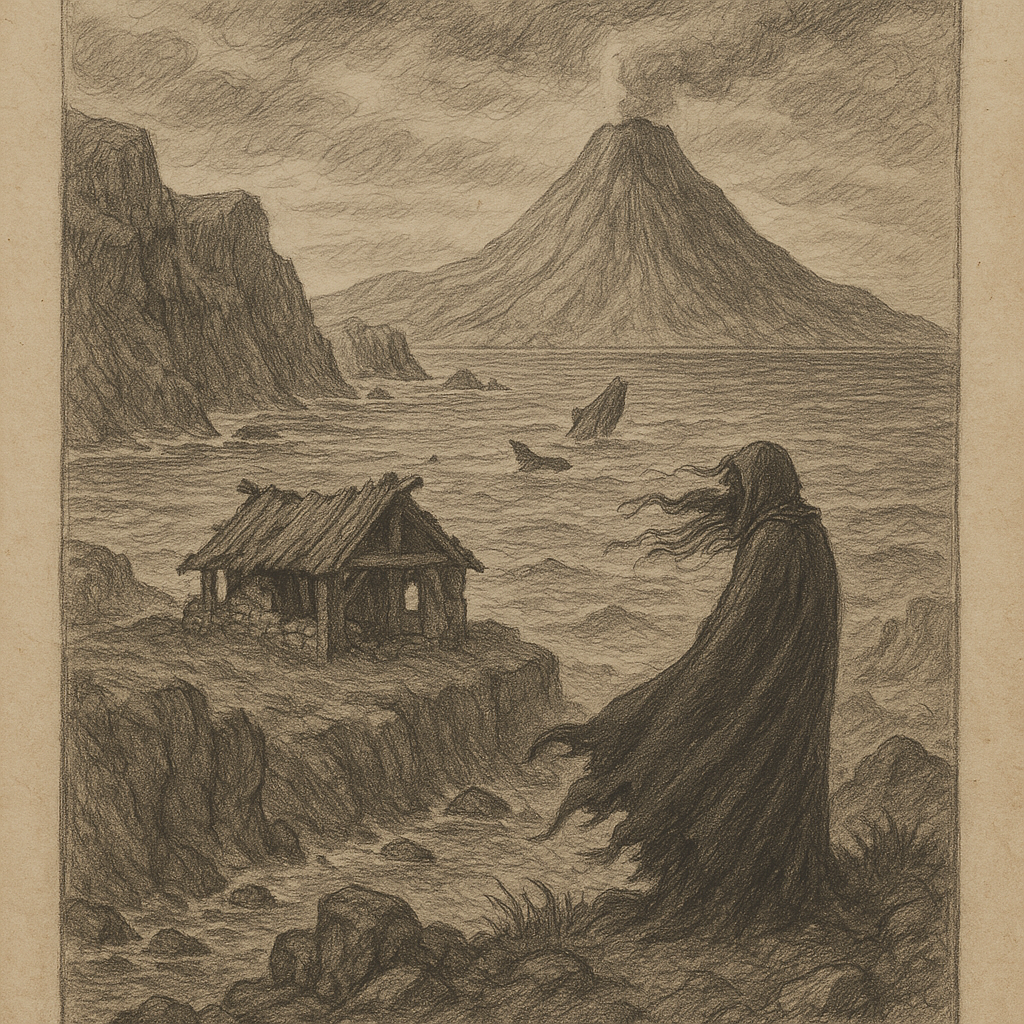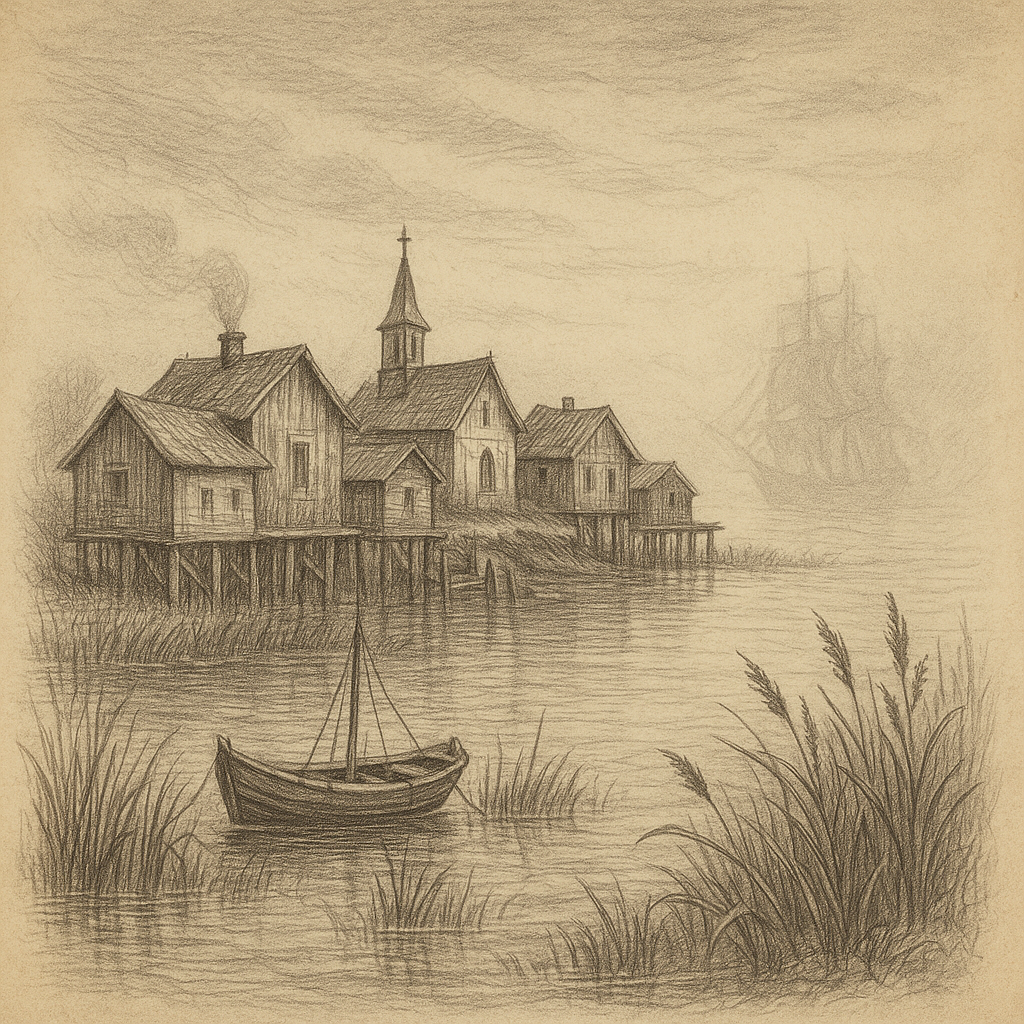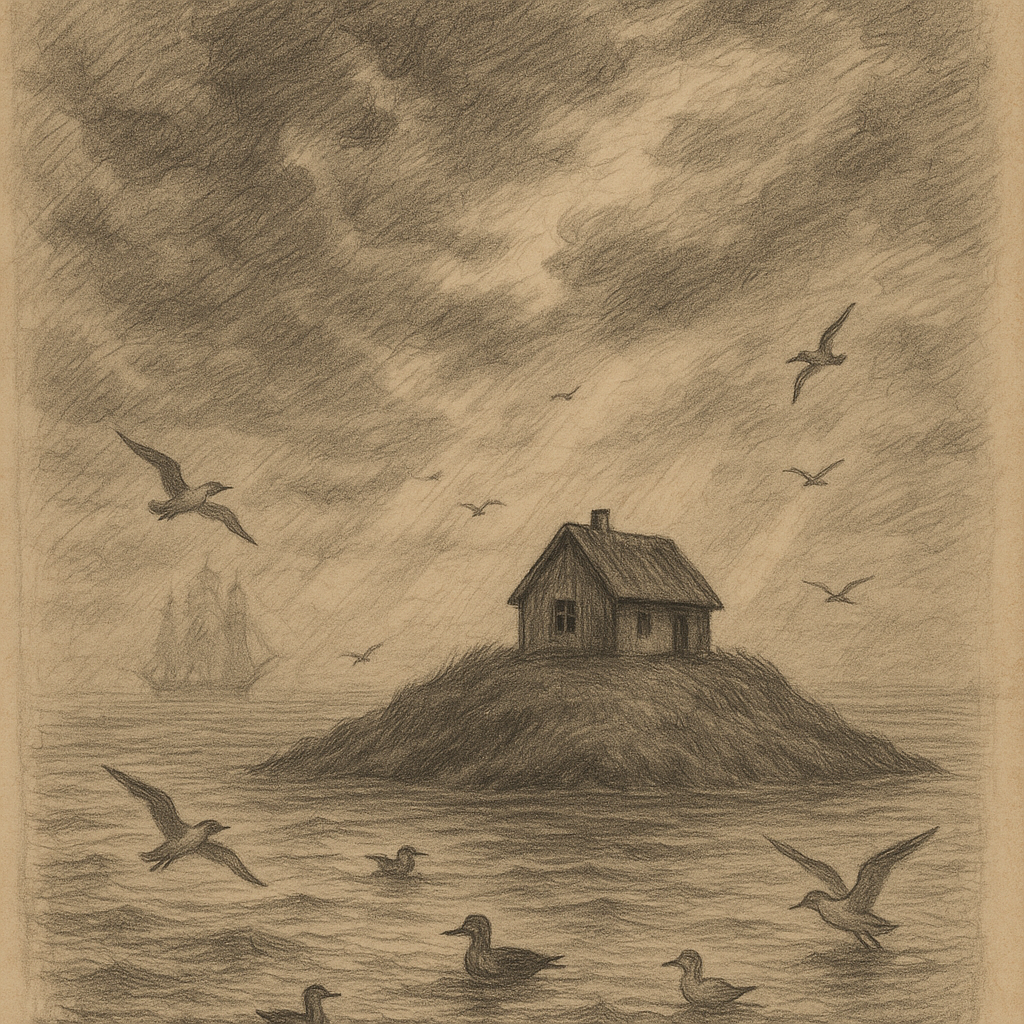Juan de Nova Island: A Remote Jewel of the Indian Ocean
Juan de Nova Island is a small and secluded tropical island located in the Mozambique Channel, nestled between Madagascar and the coast of Mozambique. Although little known to the general public, this remote island has a rich history, unique ecology, and a number of fascinating features that make it a hidden gem of the Indian Ocean.
Geographical Location and Characteristics
Juan de Nova Island is part of the Îles Éparses, or “Scattered Islands,” which are administered by France as part of the French Southern and Antarctic Lands (TAAF). The island lies approximately 150 kilometers off the northwest coast of Madagascar and has a land area of just over 4.8 km². Although it is relatively small in size, the island has immense geopolitical and environmental significance due to its strategic location and rich surrounding marine biodiversity.
The island is flat and low-lying, with its highest point reaching just a few meters above sea level. It is bordered by extensive coral reefs and shallow lagoons, which make access difficult and provide natural protection from strong ocean currents. The reefs are teeming with marine life, contributing to the island’s status as an important conservation area.
Ecological Significance and Biodiversity
Juan de Nova Island is a designated nature reserve and serves as a critical habitat for several endemic and migratory species. Its isolated location and minimal human presence have allowed its ecosystem to remain remarkably well-preserved. The island is covered with dense tropical vegetation, including Casuarina and coconut palms, which offer shelter to large seabird colonies.
The island is a nesting ground for several species of seabirds, such as the sooty tern and the masked booby. Green sea turtles also return to its beaches each year to lay their eggs—an event that conservationists monitor closely due to the species’ endangered status. The surrounding coral reefs and waters are rich in marine biodiversity, including various fish species, dolphins, and occasionally humpback whales.
Due to its ecological importance, the island has been the subject of several scientific expeditions aiming to study its pristine habitats and endemic wildlife. Access to the island is strictly regulated by the French authorities to prevent ecological damage from human activity.
Historical Background
Juan de Nova Island is named after the Portuguese explorer João da Nova, who is believed to have discovered the island during the early 16th century, although there is limited historical evidence to confirm this. France formally claimed the island in 1897 and later incorporated it into its colonial empire. During the early 20th century, the island was used for guano extraction, and remains of the infrastructure, including a small airstrip and huts, are still visible today.
The island was once the subject of territorial claims by Madagascar, but it remains a French overseas possession. A small military garrison and meteorological station are the only signs of permanent human presence, and no civilian population resides on the island.
Modern-Day Governance and Accessibility
Today, Juan de Nova Island is under the administration of the French Southern and Antarctic Lands (TAAF), which also oversee scientific research and environmental protection. The island hosts a rotating crew of French soldiers who maintain a presence on the territory in addition to a weather and climate monitoring station.
Access to the island is heavily restricted to preserve its fragile ecosystem. Researchers, military personnel, and environmental scientists must obtain special permits for temporary stays. There is no regular transportation to the island, and all travel must be arranged through authorized vessels, often departing from Réunion or Mayotte.
Interesting Facts and Features
Juan de Nova Island is not just remote—it’s extraordinary in many ways:
– Despite its tiny size, the island has one of the largest nesting colonies of sooty terns in the Indian Ocean, with hundreds of thousands of birds breeding on its coastline during peak season.
– The island has no fresh water sources. All drinking water must be brought in by visitors, making long-term habitation virtually impossible.
– It is one of the few islands in the world where human impact has remained minimal, offering a unique glimpse into pre-contact ecosystems.
– The coral reef system surrounding the island forms part of one of the most biodiverse marine zones on the planet and is a hotbed for marine scientific research.
– The waters around Juan de Nova are rich in oil and gas reserves, which enhances its geopolitical value and has been a source of environmental as well as diplomatic debate.
Legends and Myths
As with many remote islands, Juan de Nova has inspired a fair share of legends and mysterious tales. One of the most enduring stories is that of pirate treasure allegedly buried somewhere on the island. According to lore, 17th-century pirates used the island as a secret hideaway to stow away gold and valuables looted from ships navigating the trade routes between Europe, India, and the East Indies. Although no treasure has ever been found, the legends persist, attracting the occasional amateur explorer driven by dreams of lost wealth.
Another tale involves ghost sightings along the island’s abandoned airstrip at dusk. French soldiers stationed on the island over the years have whispered stories of shadowy figures and eerie noises emanating from the jungle—a product, perhaps, of isolation and the island’s mysterious aura.
A Remote Paradise Worth Preserving
Juan de Nova Island remains one of the last truly untouched places on Earth. With its rich ecology, strategic importance, and cultural lore, the island is not only a valuable natural reserve but also a site steeped in historical intrigue and mystery. While humans may visit only briefly and in small numbers, the island thrives as a sanctuary for biodiversity and as a symbol of what our planet once looked like before the age of industrialization.
In an era where wilderness is rapidly disappearing, Juan de Nova Island serves as a reminder of the natural beauty that still endures—quietly, far from the bustling centers of the world.



